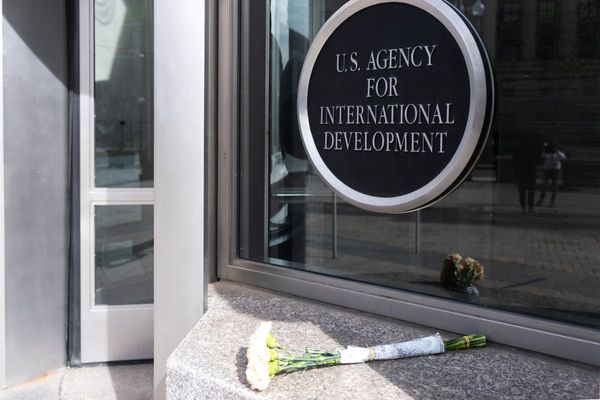The clashes in Kolhapur over the last few days are part of a disturbing trend in Maharashtra. Several incidents across the State in recent months reveal signs of a premeditated plan for communal polarisation and to keep the pot boiling. Most of these incidents have seemingly silly origins but have derailed normal life for several days. The latest eruption was over random social media messages that apparently glorified Mughal emperor Aurangzeb and 18th century Mysore king Tipu Sultan. Forty people have been arrested and prohibitory orders are in place till June 19. Similar protests had taken place in Kolhapur on March 17. In Beed, on June 9, comparable events unfolded. The renaming of Aurangabad to Chhatrapati Sambhaji Nagar by the State government in February was the trigger for the latest incidents; clashes in the town led to one death on March 30. But there is never a dearth of reasons for a clash. On March 30, during a Ramnavami procession in Malad in Mumbai, there were clashes between Hindu and Muslim communities over the playing of loud music. On March 28, in Jalgaon, loud music being played before a mosque was cited as the reason.
In Akola on May 13, violence erupted over a provocative post on social media about the Prophet, leading to the death of one person. The confrontation escalated as both groups engaged in extensive vandalism, including arson, even setting vehicles ablaze. Many, including two policemen, were injured. Over 300 people were booked. On the same day, in Trimbakeshwar in Nashik, a syncretic practice of Muslims paying obeisance at a temple turned into a flashpoint. On May 14, Shevgaon in Ahmednagar district witnessed communal violence during a procession organised to commemorate Chhatrapati Sambhaji. Several people were injured and also arrested, and normal life was disrupted following the imposition of prohibitory orders and a ban on Internet services. The familiar pattern of sustained polarisation often escapes the attention that comes with massive violence. In the run-up to the 2014 Lok Sabha and the 2017 Assembly elections, a similar pattern of low intensity violence was visible in Uttar Pradesh. In Maharashtra, the ruling alliance of the Bharatiya Janata Party and the Shiv Sena Shinde faction is facing a strong challenge from the Congress-Nationalist Congress Party-Sena Uddhav faction alliance. Polarisation is easy to create but extremely difficult to mitigate. The ruling alliance in Maharashtra must act decisively and impartially against troublemakers.







